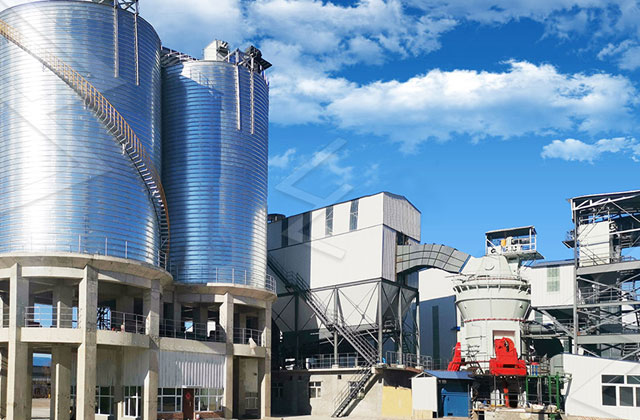Cement production is a vital process in the construction industry, and the choice of equipment plays a crucial role in determining the efficiency and quality of the final product. Two popular options for cement grinding are the cement ball mill and the vertical roller mill. In this comparison, we will explore the characteristics, advantages, and disadvantages of these two types of mills.
Design and Structure:
Cement Ball Mill: The ball mill is a horizontal cylindrical rotating device with two chambers. It has a simple structure, consisting of a feeding system, a rotating system, a discharging system, and a gear system. The grinding media, such as steel balls, are typically loaded into the chambers to facilitate grinding.

Vertical Roller Mill: The vertical roller mill is a vertical grinding mill that utilizes multiple grinding rollers to rotate around their respective axes. The material is fed into the mill through a centrally placed inlet chute and is ground between the rollers and the table. The rollers exert grinding pressure on the material, crushing and grinding it into fine particles.
Grinding Efficiency:
Cement Ball Mill: The ball mill has been the traditional choice for grinding raw materials in the cement manufacturing process. It is known for its simplicity and reliability. However, ball mills have low energy efficiency, especially when used for grinding finely and ultra-finely. They consume a significant amount of electrical energy, leading to higher operating costs.
Vertical Roller Mill: Vertical roller mills use a combination of compression and shear forces to crush the material and grind it into a fine powder. Compared to ball mills, vertical roller mills have higher grinding efficiency and can handle finer feed materials. They also have a lower energy consumption, making them more cost-effective in the long run.
Maintenance and Operation:
Cement Ball Mill: Ball mills require regular maintenance to ensure optimal operation. The liners need to be replaced periodically, and the mill internals should be inspected for wear and damage. The ball charge in the mill needs to be replenished regularly, and the process may involve downtime for maintenance.
Vertical Roller Mill: Vertical roller mills have a simpler maintenance process compared to ball mills. The wear liners can be replaced or repaired easily, and the mill internals are easily accessible for inspection and maintenance. Additionally, the vertical roller mill has a lower vibration level, reducing the need for maintenance and improving overall operational stability.
Flexibility and Versatility:
Cement Ball Mill: Ball mills are versatile and can be used for both dry and wet grinding of cement clinker. They are suitable for grinding various types of materials, including ores and raw materials used in the cement manufacturing process.
Vertical Roller Mill: Vertical roller mills are primarily used for grinding cement clinker. They can also handle other materials such as coal, petcoke, limestone, and slag. However, their versatility is somewhat limited compared to ball mills.
